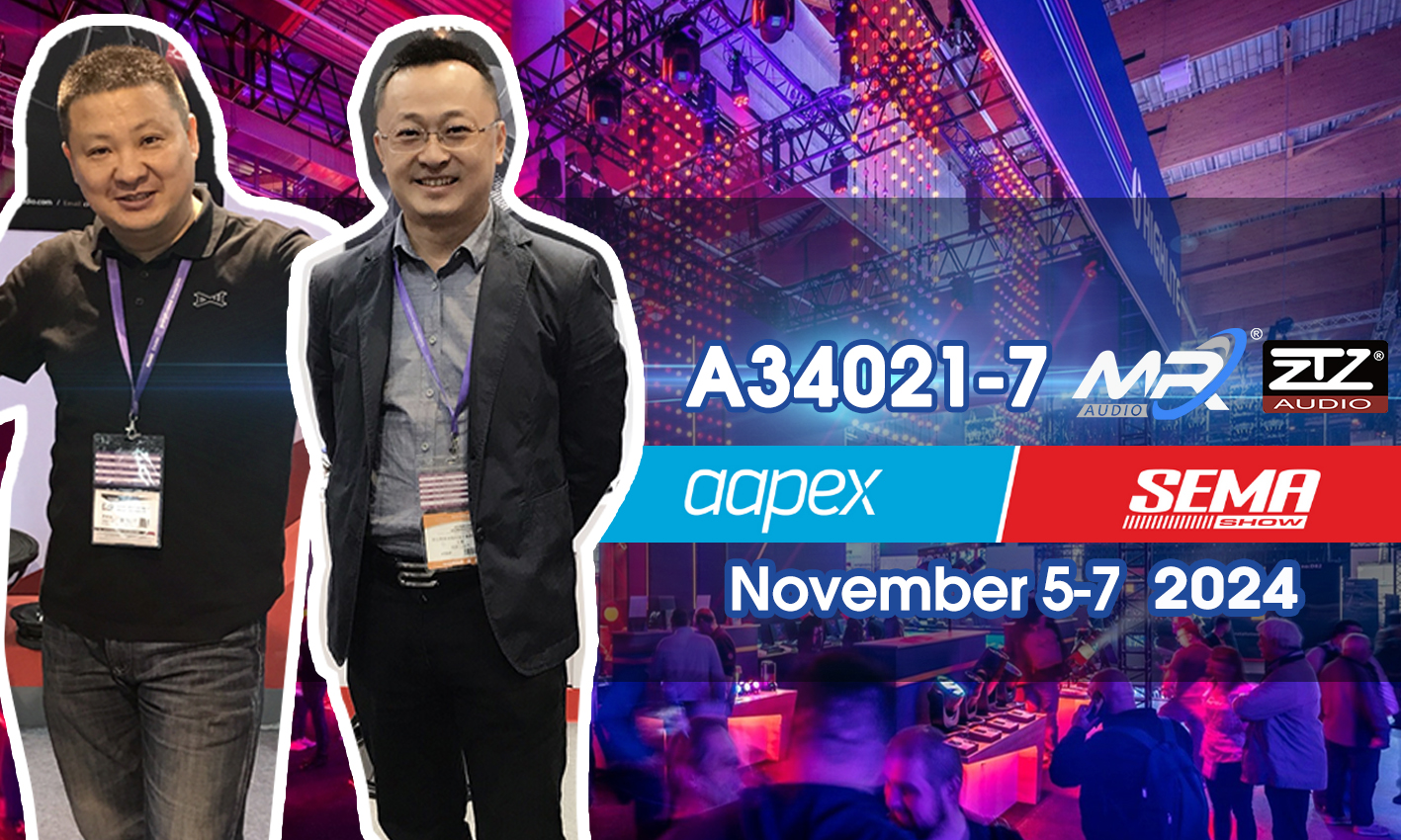
Because line array speakers have several very practical features such as uniform horizontal coverage, strong vertical directivity, and low sound energy attenuation in the radiation area, they are gradually replacing traditional speaker arrays in many sound reinforcement fields. When amplifying sound at the same volume in the same place, line array speaker systems may be smaller, lighter, and easier to hang.
Line array speakers can also be properly hung, aimed and bent according to the specific shape of the performance venue to provide outstanding sound quality performance for most audiences. The line array speakers launched by various brands of speaker manufacturers have different design principles, drive unit combinations, and size structures. Here, the author analyzes the line array speakers of typical brands from the perspective of waveguide design, hoping to deepen everyone’s understanding of them.
Line arrays are not line sources
Line sources are composed of a series of drivers with equal distances. The first prototype of its application was produced in the 1950s, and was originally designed to improve the intelligibility of speech in reverberant halls. The use of line sources is based on its very small vertical directivity angle. If its vertical directivity is 0 degrees, this is what we call a “cylindrical wave”. Every time the distance from the sound source doubles, the energy of the cylindrical wave will decrease by 3dB, while the energy of the “spherical wave” will decrease by 6dB accordingly when the distance from the sound source doubles.

However, there are two necessary conditions for a line sound source:
1. Its linear length is at least 4 times the wavelength of radiation, which can ensure that its directional waveform in the vertical direction is close to a plane wave.
2. Contrary to the previous condition, it requires that the distance between the centers of adjacent speaker units is less than half a wavelength.
In the 1840s, Olsoni deduced two adjacent in-phase spherical radiation patterns with a distance less than 1/4 wavelength. There will be no side lobes (i.e., sub-maxima, this interference waveform is usually caused by destructive interference) between 1/4 wavelength and 1/2 wavelength, and this phenomenon will continue until the spacing is greater than 1/2 wavelength.
In practical applications, this means that only very long line arrays can meet the working principle of line sound sources in the low frequency band, and only very small-diameter speaker units can achieve coupling in the high frequency band. In real applications, the playback frequency band of most line arrays that actually meet the working principle of line sound sources does not exceed one octave. So line arrays can hardly be considered line sound sources.
How Line Arrays Actually Work
The great ability of a line array is that it provides consistent sound pressure coverage from the front row to the back row of the auditorium. The sound pressure level is almost the same from the back row to the front row. To understand why, let’s first review some examples of sound reinforcement systems designed using conventional horns and compression drivers. The speakers used in horizontal arrays are designed to compress their spherical radiation waveform into a pie shape, such as 60°x40°, 90°x40° or other similar designs to provide good coverage of the venue. If the coverage is directed to a small area, consistent sound pressure coverage can be obtained by aiming the main axis of the speaker’s radiation toward the back row and the –6dB rolloff angle toward the front row.
If the height of the hanging point is high enough, the distance from the first row to the horn can be fixed by fixing the position and angle of the loudspeakers so that the distance from the first row to the horn is half of the distance from the last row to the horn. At this time, the horn’s ability to discretely control its radiation angle can balance all of this well, so that the front and rear fields can obtain consistent and uniform sound pressure coverage and effects.
